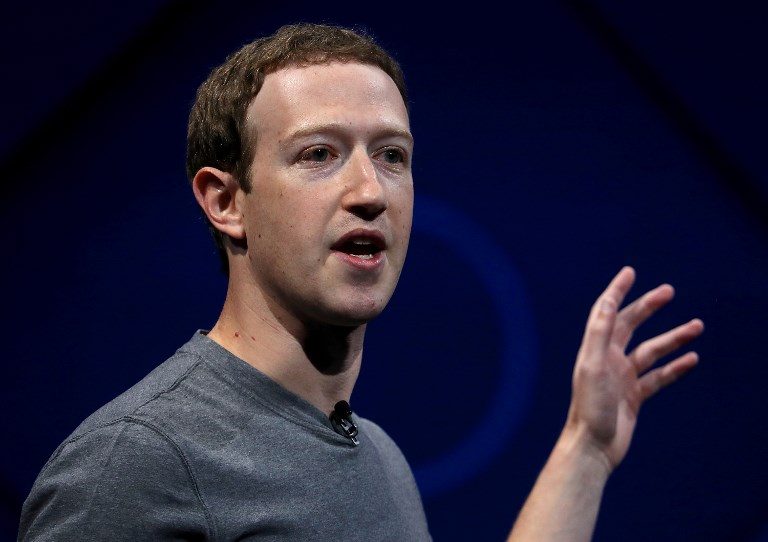SUMMARY
This is AI generated summarization, which may have errors. For context, always refer to the full article.

MANILA, Philippines – When Facebook revealed their earnings for the past quarter (Q3 2017) last week, the numbers told a success story: the company made a profit of $4.7 billion, an increase of 79% from the same period last year.
Facebook had it good despite a controversy that exposed 126 million US Facebook users to election-swaying Russian propaganda. (READ: Facebook Q3 profits at $4.7B amid Russian controversy)
But tucked away in the last page of Facebook’s earning report (publicly available online here) is this revelation: up to 10% of Facebook’s 2.07 billion users are duplicate accounts and 2% to 3% are false accounts. This means that at least 200 million users are duplicates. Facebook defines duplicates as “accounts that a user maintains in addition to his or her principal account.”
Meanwhile, there could be as much as 60 million accounts that are false. In their report, Facebook classifies false accounts into two categories: user-misclassified accounts and undesirable accounts. The former is when users created personal profiles for a business, organization or non-human entity like a pet instead of an official page.
Undesirable accounts, on the other hand, are those “intended to be used for purposes that violate [Facebook’s] terms of service such as spamming.”
The amount of duplicate and false accounts has increased from Facebook’s estimates in their July report (Q2 2017). Duplicate accounts nearly doubled from 6% to 10% while false accounts rose from 1% to 2-3%. Despite these increases, Facebook says there wasn’t an actual surge of these types of users, and that the increase is because they used a new measurement method.
“In the third quarter of 2017, we calculated these estimates using a new methodology for duplicate accounts that included improvements to the data signals we rely on to help identify such accounts,” Facebook said.
If there had been no actual surge, that meant the number of false or duplicates has always hovered at these percentages, with the new measurement methodology revealing more accurate figures. The new methods may have corrected Facebook’s prior underestimation of the figures in question.
Aside from the numbers, Facebook also revealed where the concentration of these accounts were: developing markets including the Philippines.
“We also believe the percentage of duplicate accounts is meaningfully higher in developing markets such as India, Indonesia, and the Philippines, as compared to more developed markets,” said Facebook.
There may also be episodic spikes in the creation of such accounts, which in the previous quarter, were observed from Indonesia and Vietnam. – Rappler.com
Add a comment
How does this make you feel?
There are no comments yet. Add your comment to start the conversation.